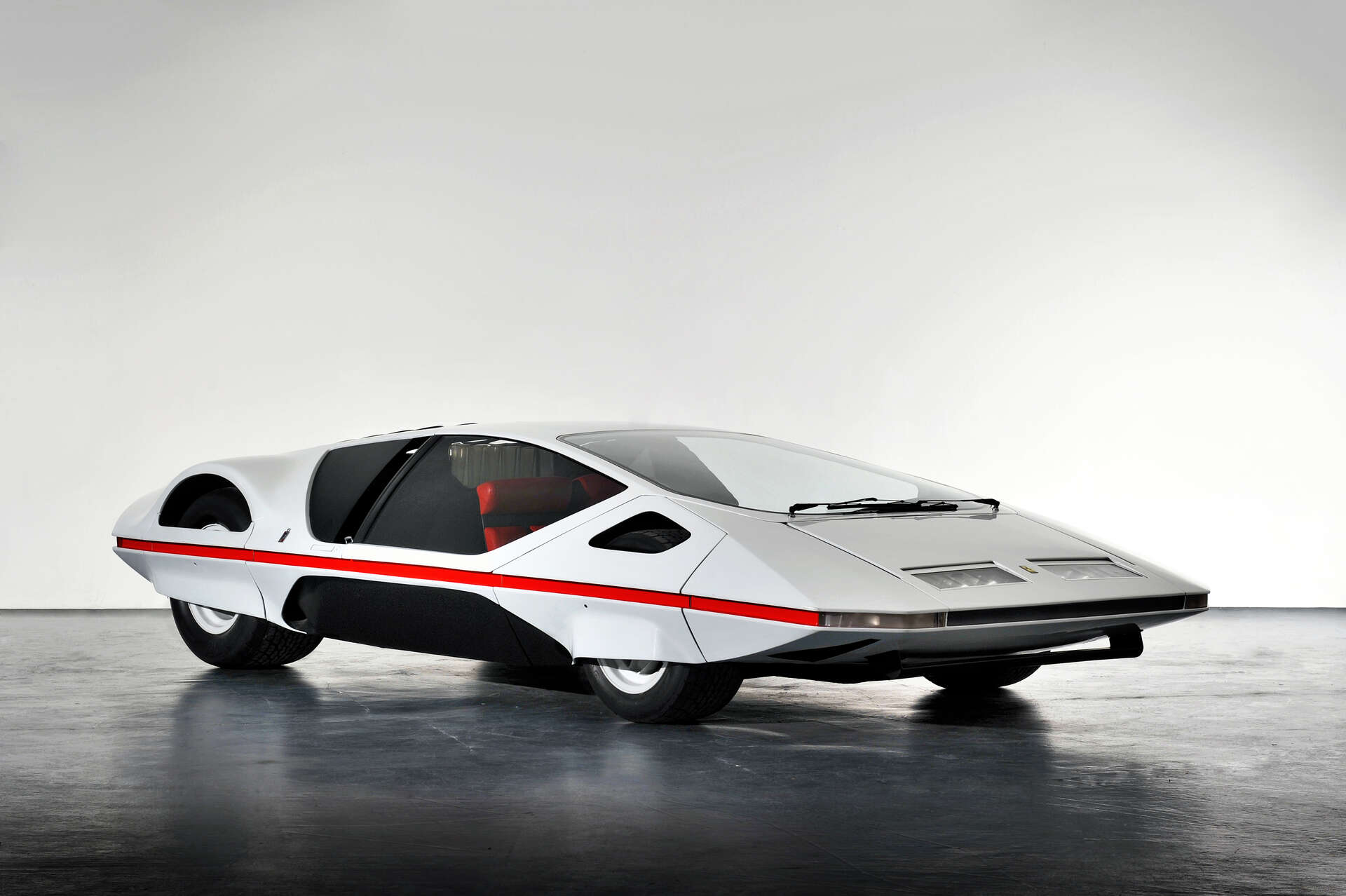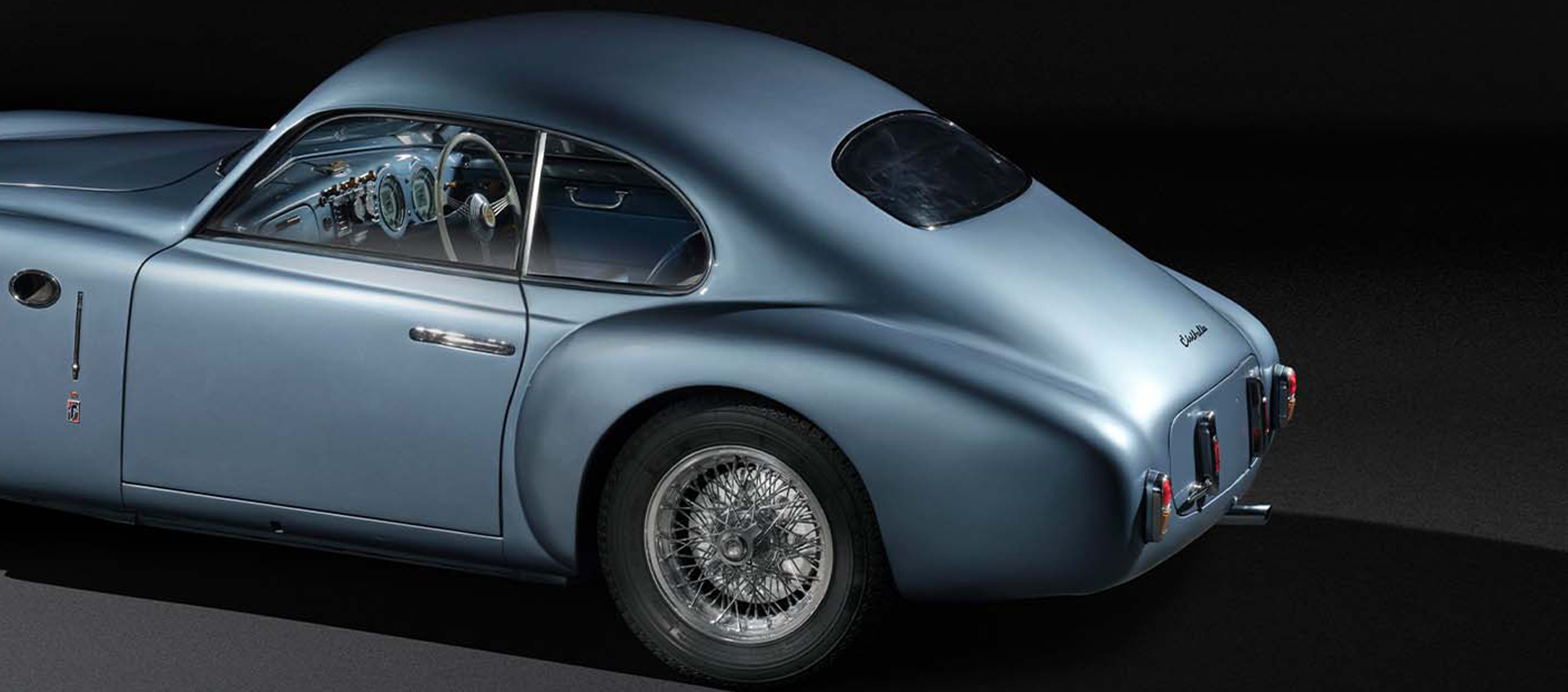1970 Pininfarina Modulo
07 May 2023 3 min read 3 images - INSIDE

The Modulo ideally closes with its futuristic spaceship-with-wheels lines the era of cars created for innovation. The years that followed have forced manufacturers to find a compromise between innovation and function, losing the charm that a model like this will forever guarantee over time.
Register to unlock this article
Signing up is free and gives you access to hundreds of articles and additional benefits. See what’s included in your free membership. See what's included in your free membership.
Already have an account? Log In


